2Department of General Surgery, Memorial Hospital, Diyarbakır, Türkiye
3Department of Microbiology, Dicle University Faculty of Veterinary Medicine Diyarbakır, Türkiye
4Department of Laboratory Animals, Dicle University Faculty of Veterinary Medicine, Diyarbakır, Türkiye
5Department of Pathology, Gazi Yaşargil Training and Research Hospital Diyarbakır, Türkiye
Abstract
Introduction: In this study, we aimed to show the protective effects of N-acetylcysteine (NAC) and Tarantula cubensis extract (TCE) against ischemia-reperfusion (IR) damage on the liver.
Materials and Methods: The rats for which an IR injury model was created experimentally were divided into five groups with seven in each group. Only laparotomy was performed in the control group. The hepatic hilus was clamped in other groups, and 60 min of ischemia was performed. Then, the clamp was opened, and 6 h of reperfusion was achieved. IR model was applied to the sham group. The NAC group was given 50 mg/kg NAC intraperitoneally (IP) 60 min before ischemia. The TCE group was given 10 mg/kg TCE as IP. In the NAC + TCE group, these drugs were given in combination at the same dose.
Results: Liver function test values were higher in the treated groups compared with the control group and the difference was significant (p<0.05). When the gamma glutamyl transferase levels were compared, the levels in the sham group were statistically significantly higher than the other groups (p<0.01). When antioxidant enzyme levels were compared, it was observed that the sham group was significantly lower than the other groups (p<0.01).
Discussion and Conclusion: We conclude that when TCE is used alone or in combination with NAC, it protects the liver against the negative effects of IR.
2Memorial Hastanesi Genel Cerrahi Kliniği, Diyarbakır
3Dicle Üniversitesi Veteriner Fakültesi Mikrobiyoloji Anabilim Dalı, Diyarbakır
4Dicle Üniversitesi Veteriner Fakültesi Laboratuvar Hayvanları Anabilim Dalı, Diyarbakır
5Gazi Yaşargil Eğitim ve Araştırma Hastanesi Patoloji Kliniği, Diyarbakır
Amaç: Bu çalışmada N-asetilsistein (NAC) ve Tarantula cubensis ekstraktının (TCE) karaciğerdeki iskemi reperfüzyon (IR) hasarına karşı koruyucu etkilerini göstermeyi amaçladık.
Gereç ve Yöntemler: Deneysel olarak IR yaralanma modeli oluşturulan ratlar her grupta yedişer adet olmak üzere beş gruba ayrıldı. Kontrol grubuna sadece laparotomi yapıldı. Diğer gruplarda hepatik hilus klemplendi ve 60 dakikalık iskemi uygulandı. Ardından klemp açıldı ve 6 saatlik reperfüzyon sağlandı. Sham grubuna IR modeli uygulandı. NAC grubuna iskemiden 60 dakika önce intraperitoneal (İP) olarak 50 mg/kg NAC verildi. TCE grubuna IP olarak 10 mg/kg TCE verildi. NAC + TCE grubunda bu ilaçlar aynı dozda kombinasyon halinde verildi.
Bulgular: Karaciğer fonksiyon testi değerleri tedavi edilen gruplarda kontrol grubuna göre daha yüksekti ve fark anlamlıydı (P<0.05). GGT düzeyleri karşılaştırıldığında, sham grubundaki düzeyler diğer gruplara göre istatistiksel olarak anlamlı derecede yüksekti (p<0.01). Antioksidan enzim düzeyleri karşılaştırıldığında sham grubunun diğer gruplara göre anlamlı düzeyde düşük olduğu görüldü (p<0.01).
Sonuç: TCE tek başına veya NAC ile birlikte kullanıldığında karaciğeri iskemi reperfüzyonunun olumsuz etkilerine karşı koruduğunu söyleyebiliriz.

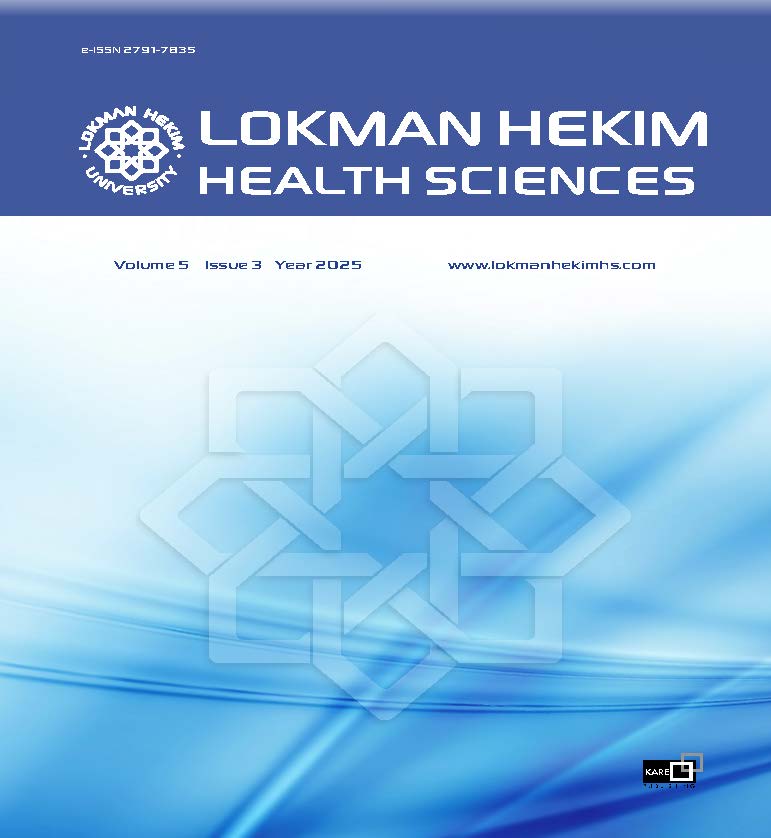
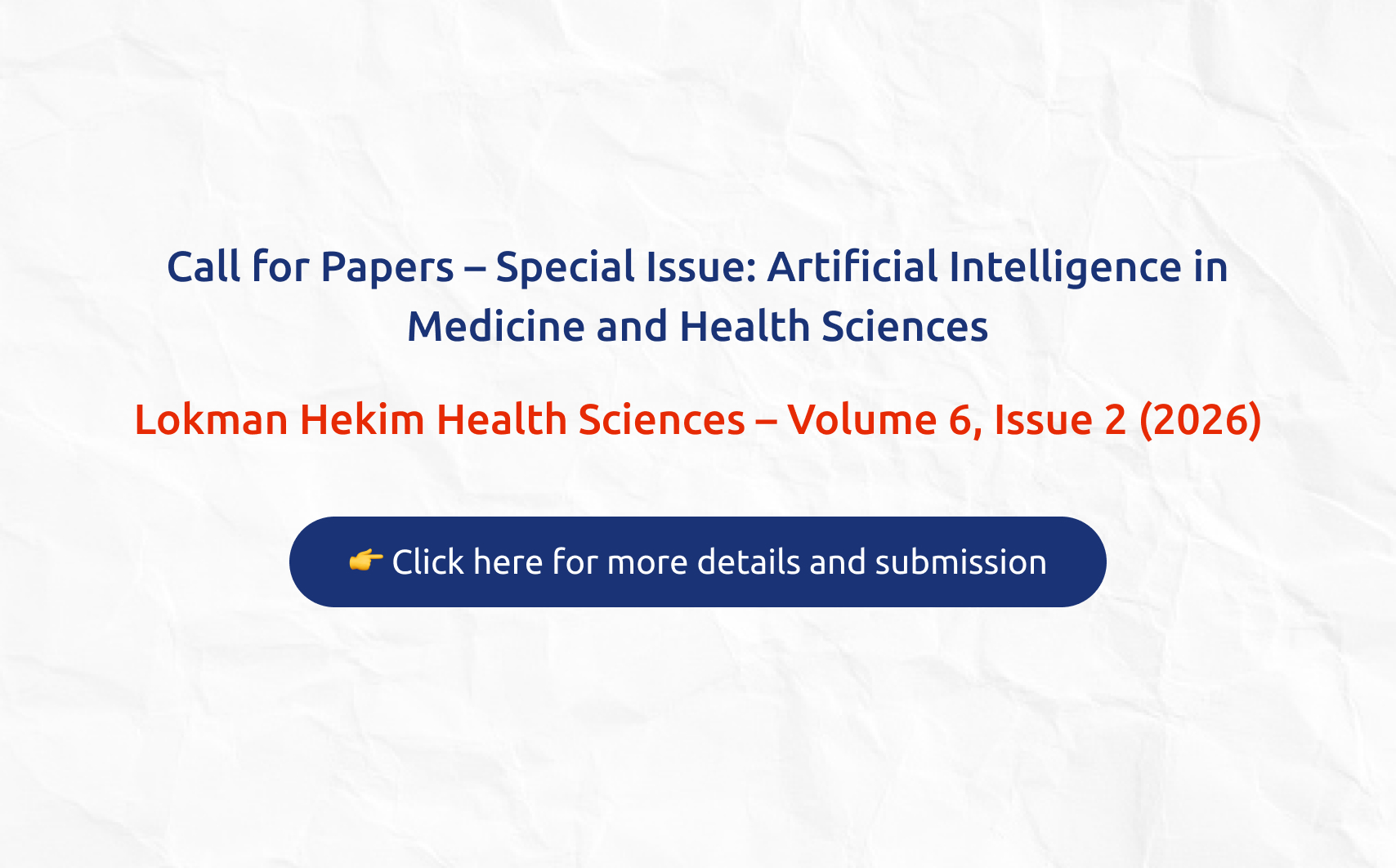
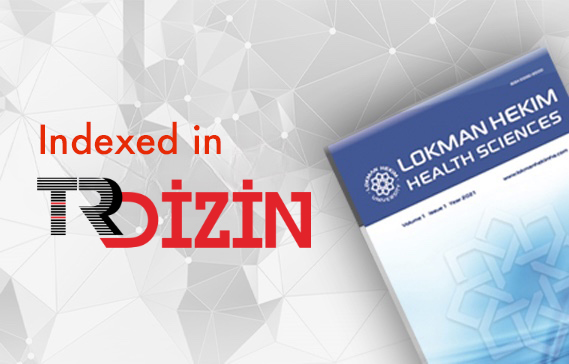
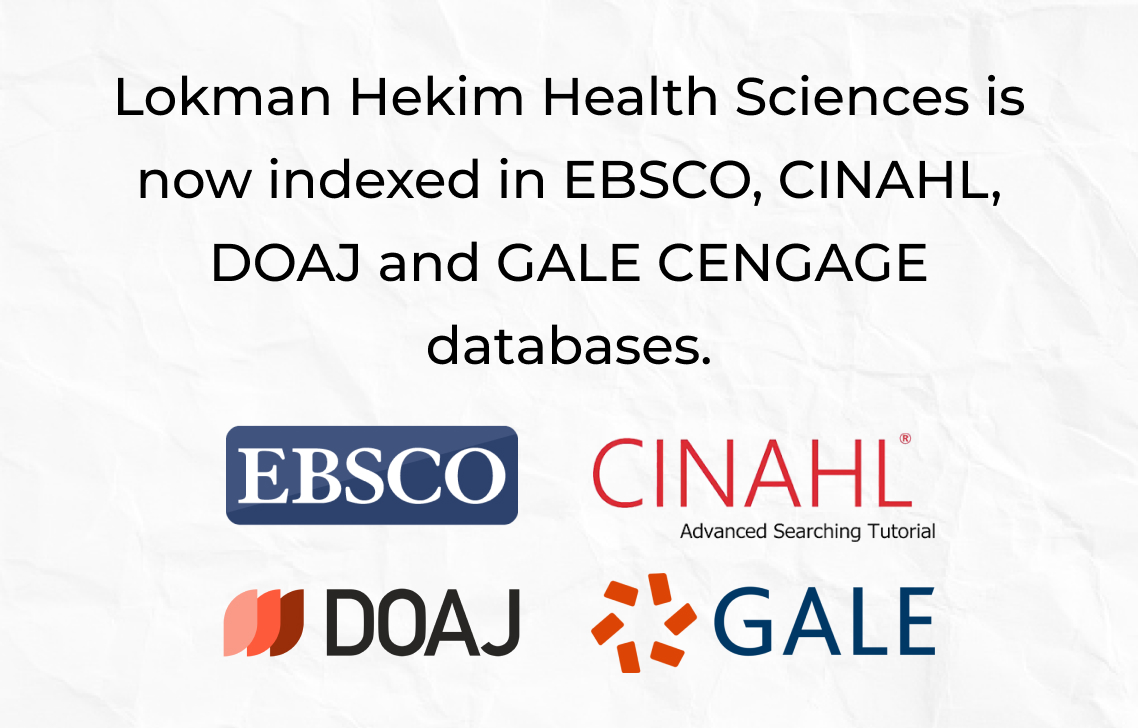
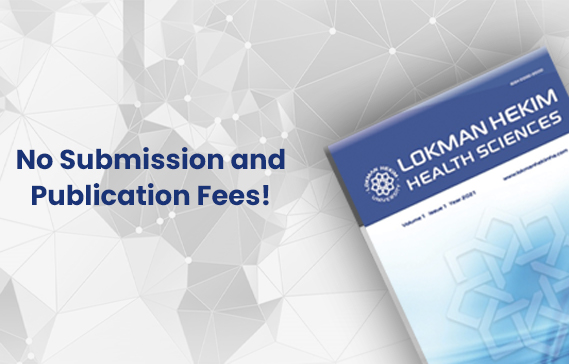
 Abidin Tüzün1
Abidin Tüzün1 









